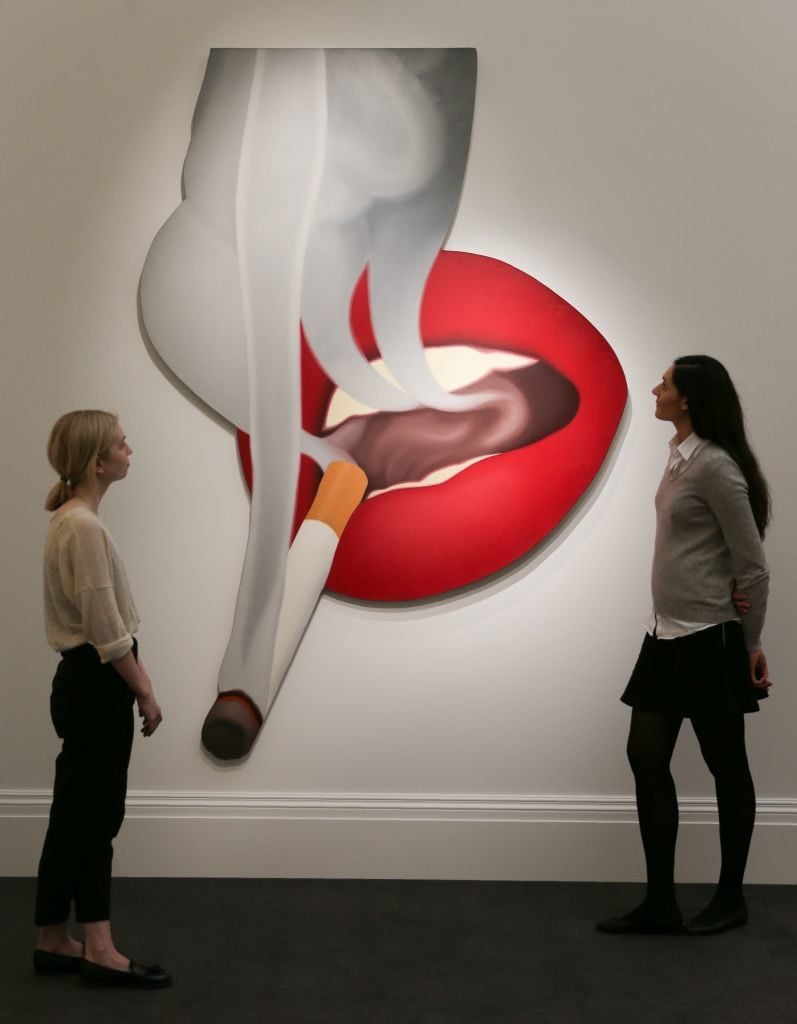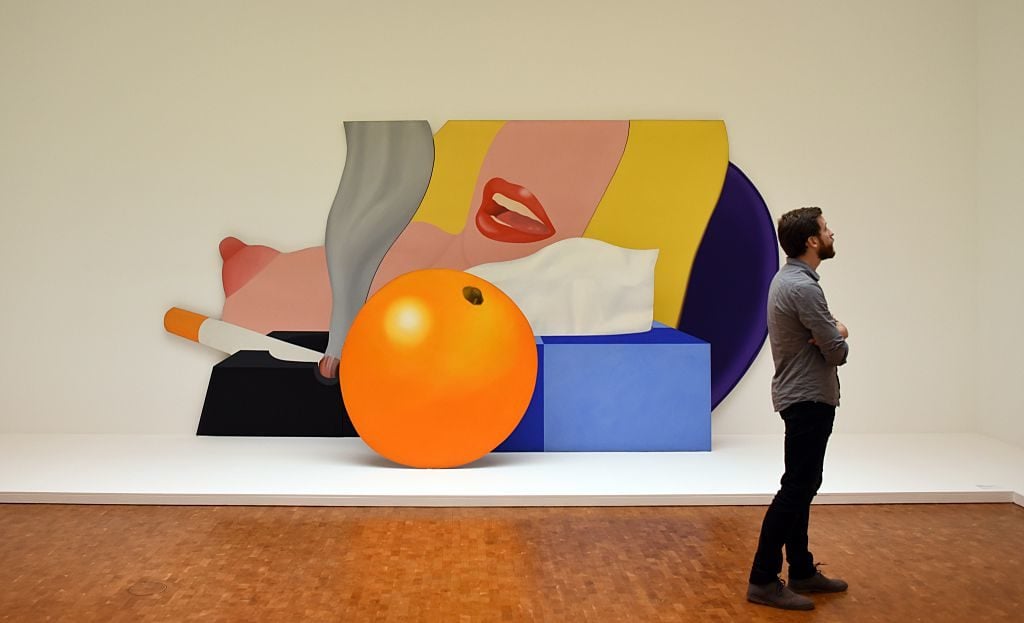People
5 Things To Love About Tom Wesselmann
He became one of the most recognizable, and reluctant, Pop artists.

He became one of the most recognizable, and reluctant, Pop artists.

Sarbani Ghosh

When it comes to Pop art, few have been as influential as Tom Wesselman.
Born in Cincinnati, Ohio, on February 23, 1931, Wesselmann became one of the most recognizable, and reluctant, Pop artists. Dubbed “The Most Famous Pop Artist You Don’t Know” by Kevin Conley at T: The New York Times Style Magazine, who described the artist as a “sunny workaholic who made pink bikini-line nudes as much a Pop Art staple back in the ’60s as the Campbell’s Soup can.”
Here are five things to love about the late Pop artist, who died in 2004, but is finally getting his due over a decade later.
1. In a 1984 oral history interview, Wesselmann describes how he arrived at his technique:
“I had to find my own way of doing all that stuff. And that kind of saved my life, because for the first time I began to have something that was mine.”
2. In Interview, artist Tom Sachs said about Wesselmann:
“Like Louis Armstrong, who might leave out keynotes that you’d mentally connect to the others, Wesselmann might leave out eyes, but your mind would conjure them up.”
3. In his 1980 autobiography, under the pen name Slim Stealingworth, he writes:
“I find sometimes I get so excited working, especially when starting new ideas; I get so excited that I get uncomfortable. It almost feels dangerous, like I’m flirting with something dangerous. “

A visitor stands in front of the painting “Great American nude” from American artist Tom Wesselmann in 2014. Courtesy of PATRIK STOLLARZ/AFP/Getty Images.
4. His former model and assistant Monica Serra told the Guardian:
“I think it will be nice for people to see the sweetness of him. His sweetness and his precision and a depth that I don’t know if we always get. It touched me to see them, and still does.”
5. In an Art in America interview with Stéphane Aquin, curator of contemporary art at the Montreal Museum of Fine Arts, he explains:
“His nudes were part of a larger project to redesign figurative painting from the start based on traditional genres of nude, still life, landscape, etc., and I think his intuition was maybe as fundamental as Lichtenstein’s. They both acknowledged that abstract painting couldn’t be taken any further, so they thought, ‘Let’s start painting everything over again. Let’s start with the traditional genres, but we have to redefine them.’ It’s a radical break in the painting of the ‘60s.”
See more works by Wesselmann on artnet Auctions, which is offering two prints: Technical Drawing for Smoker, 1973, and Untitled (Bedroom Face), 1974.